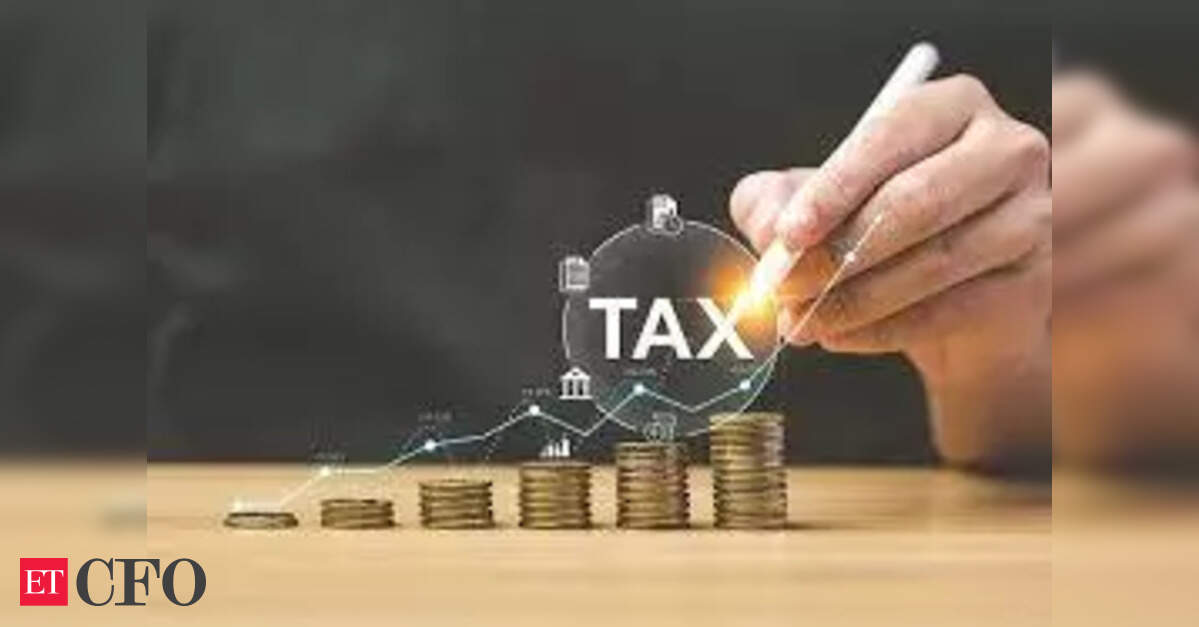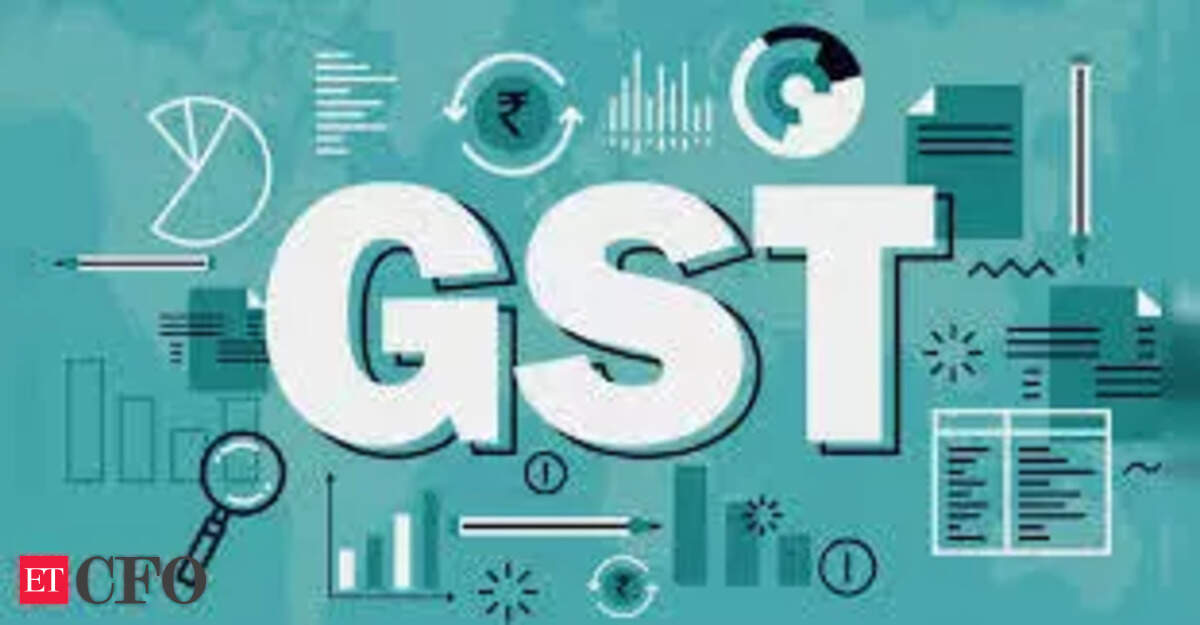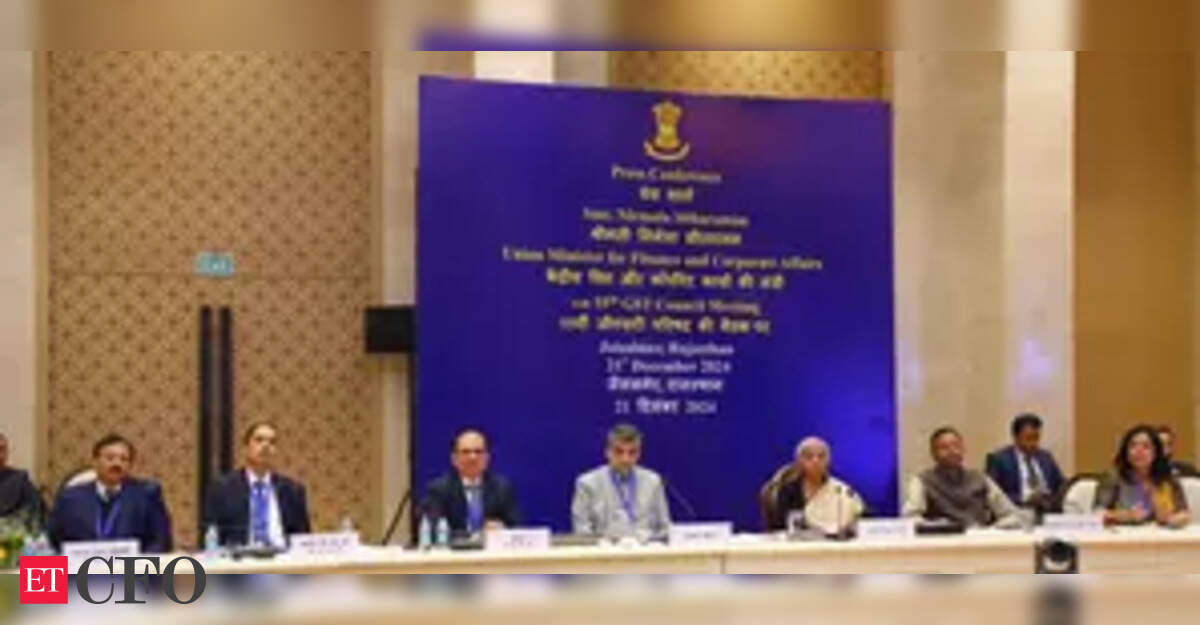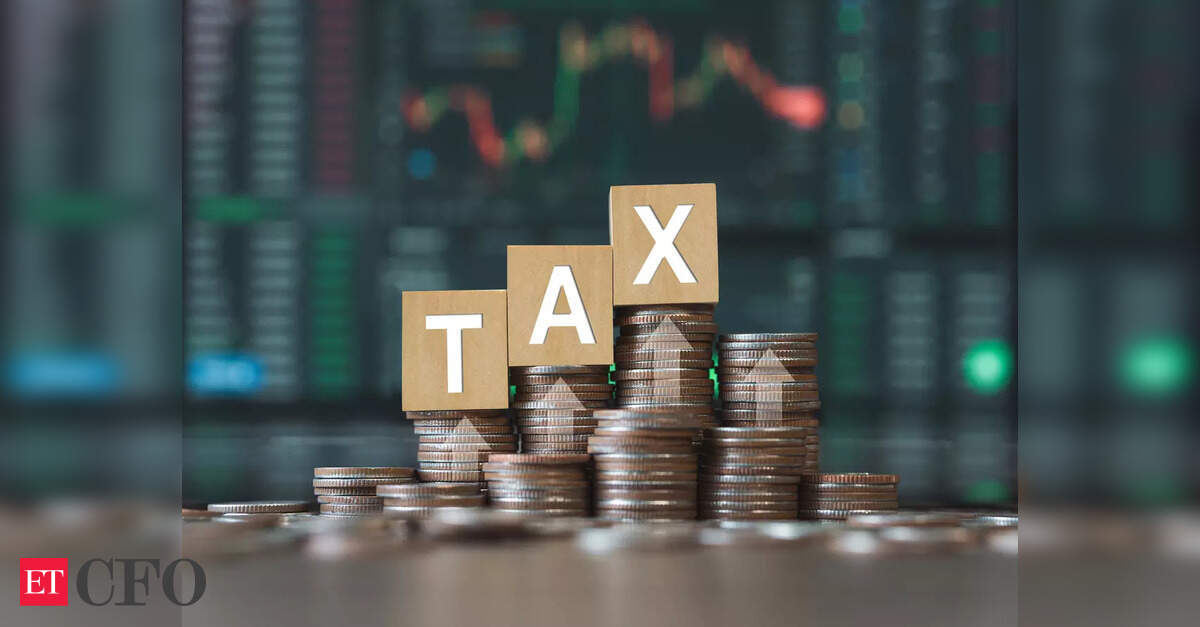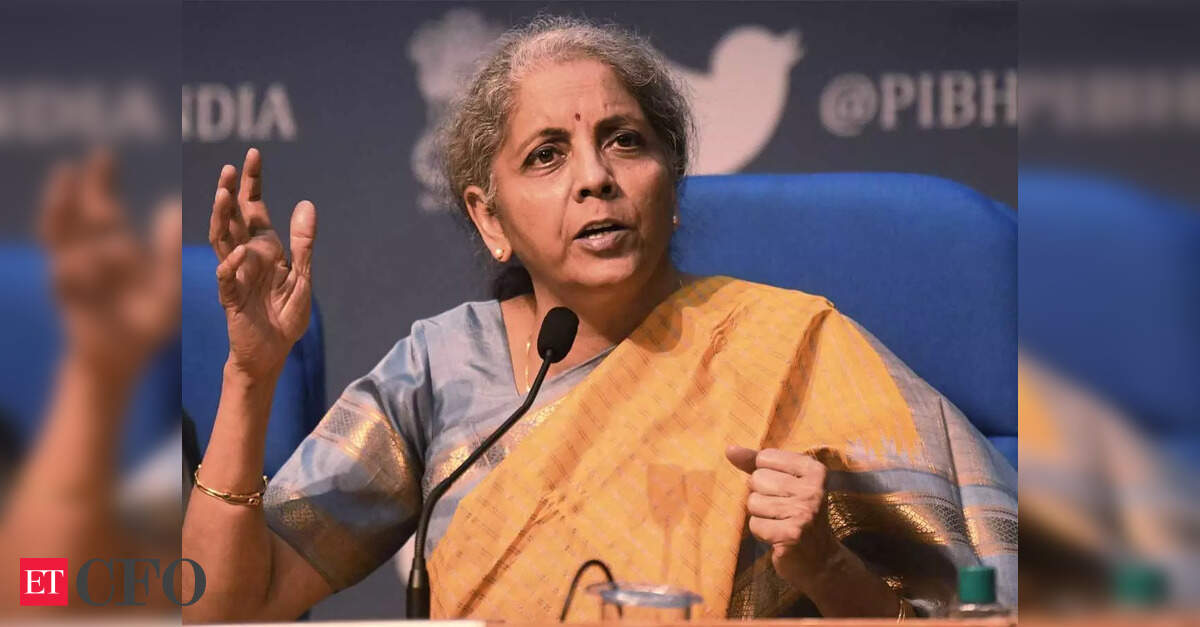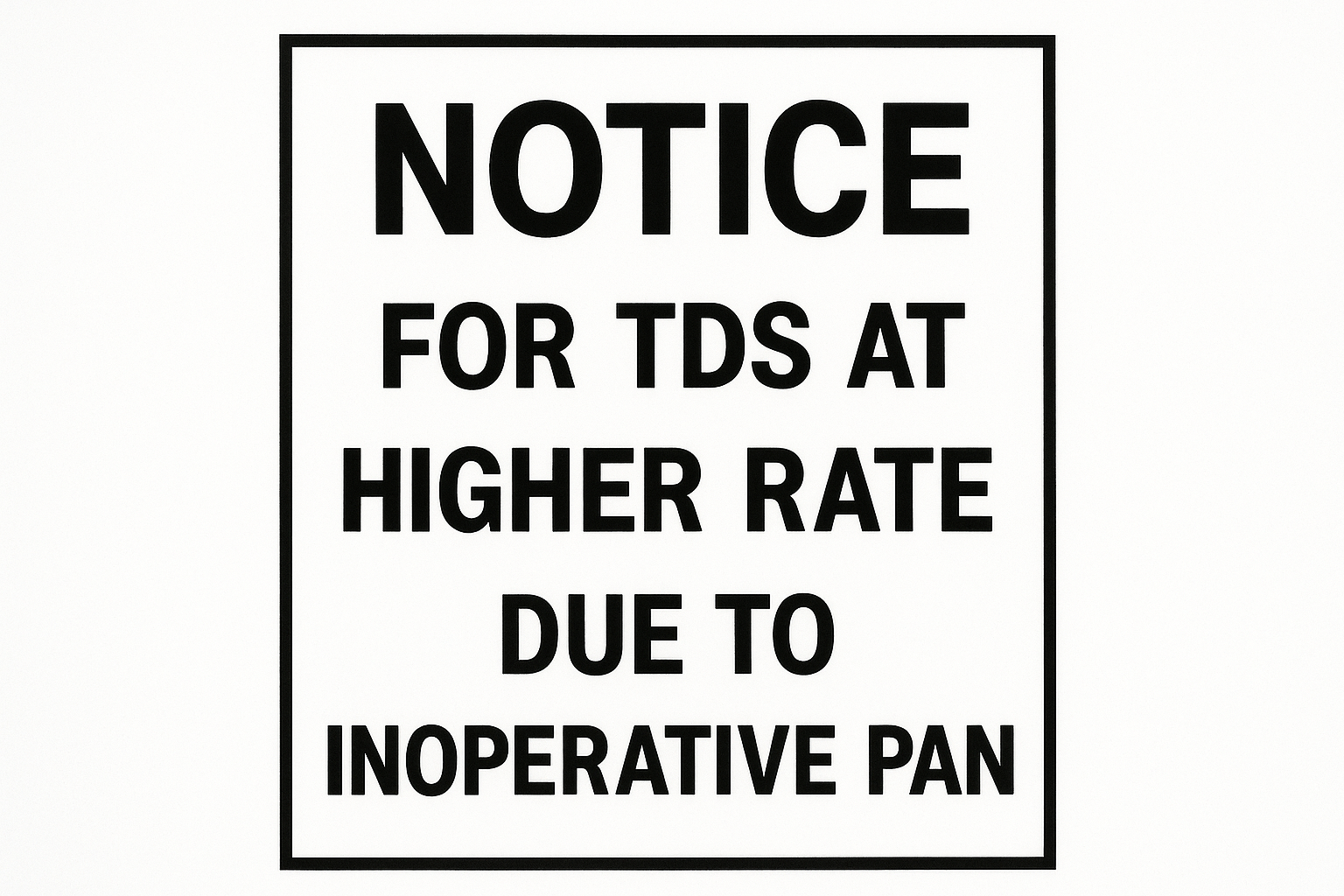Parents can now use the NPS Vatsalya scheme, a pension scheme designed for minors, announced in the Union Budget 2024 by Finance Minister Nirmala Sitharama, to contribute to their children’s future by investing as less as ₹1,000 a year, making it accessible to families from all backgrounds.
The scheme has already been rolled out to 75 locations across the country, having allocated more than 250 PRANs (permanent retirement account numbers) to its young subscribers.
How much is it possible to save up with the NPS Vatsalaya scheme for retirement?
The following is how much you can save for your child with NPS Vatsalya, according to the Press Information Bureau in Chandigarh’s post on X (Formerly Twitter):
Annual Contribution: ₹10,000
Investment Duration: 18 years
Expected Corpus at 18: ₹5 lakh @10% rate of return (RoR)
Expected Corpus at 60:
@10% RoR: ₹2.75 crore
@11.59%* RoR: ₹5.97 crore
@12.86%# RoR: ₹11.05 crore
What are the features of NPS Vatsalaya?
These are the key features of NPS Vatsalaya according to a press release by ICICI Bank:
Eligibility criteria: Any minor, having PAN card and Aadhar card, who is under the age of 18 is eligible
Minimum contribution: A minimum of ₹1,000 per year can be contributed with no limit on maximum contribution
Contributors to the scheme: Parents/guardians can contribute on behalf of their children
Transition after the age of 18: The minor’s NPS account will transition to a standard NPS account, post the submission of required KYC documents
The Central Bank of India’s website says the following:
Withdrawal up to 25% of contribution after a lock-in period of 3 years allowed for education, specified illness, and disability. Maximum three times.
Upon attainment of age of 18 years, seamless shift to NPS Tier – I (All Citizen).
Exit allowed on attainment of 18 years of age:
Corpus more than Rs. 2.5 lakh: 80% of the corpus is utilized for the purchase of annuity and 20% can be withdrawn as a lump sum.
Corpus less than or equal to Rs. 2.5 lakh: Entire corpus can be withdrawn as a lump sum.
On death, the entire corpus would be returned to the guardian.”
What are the documents required to open an NPS Vatsalaya account?
Date of Birth proof of the Minor (Birth certificate, School leaving certificate/ Matriculation Certificate, PAN and Passport)
KYC of the Guardian shall be carried out by submitting Proof of Identity and Address (Aadhaar, Driving License, Passport, Voter ID card, NREGA Job Card and National Population Register)
NRE / NRO Bank Account (solo or joint) of the minor in case guardian is NRI.
How to invest in NPS Vatsalya?
Many banks including ICICI Bank, Axis Bank, Canara Bank, Central Bank of India, and Bank of Maharashtra have introduced their NPS Vatsalya services after it was launched.
Its possible to invest in NPS Vatsalya by visiting their websites and opening an account.
Other than that, the NPS Trust website says, “The online platform (eNPS) is the quickest way to open an NPS Vatsalya account. This system allows you to open an NPS Vatsalya account and make subsequent contributions. You can choose any of the following CRAs:
What happens with the NPS Vatsalya scheme after the minor turns 18 years of age?
The NPS Trust website states that for NPS Tier – I (All Citizen), fresh KYC will be issued tof the minor within three months from date of attaining 18 years, and that afterwards, the features, benefits, and exit norms of the NPS-Tier I for All Citizen Model will apply.
FAQ
Visit www.cagurujiclasses.com for practical courses


